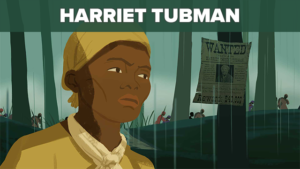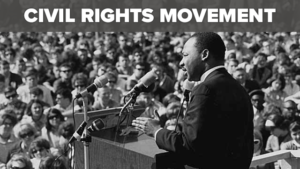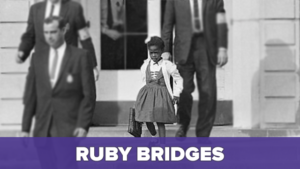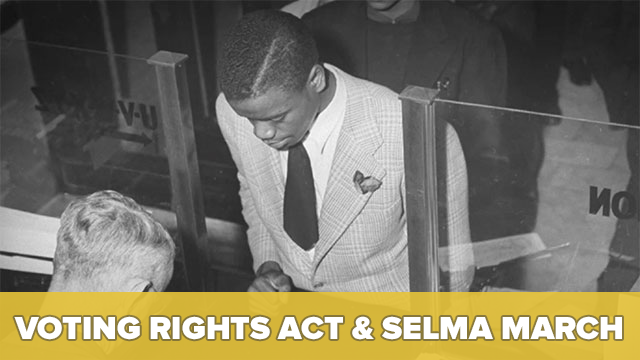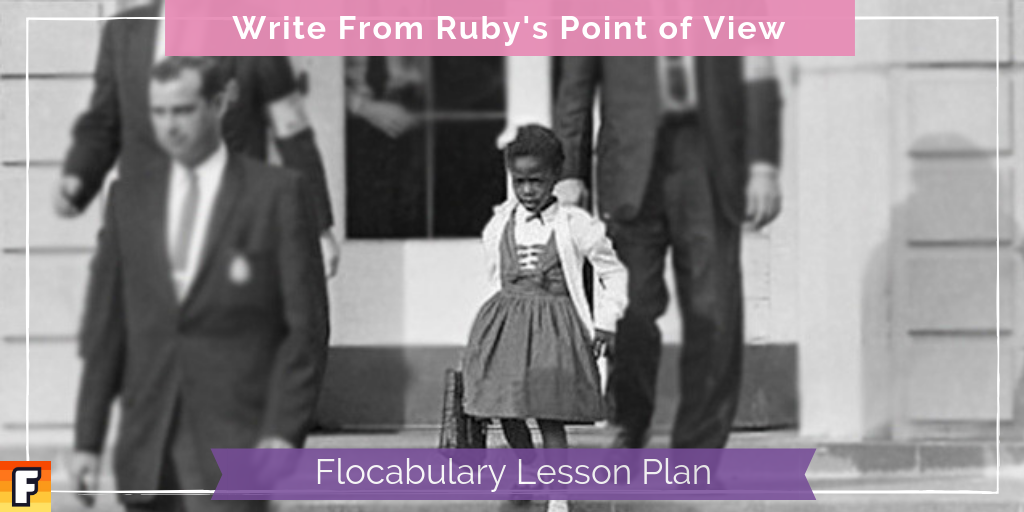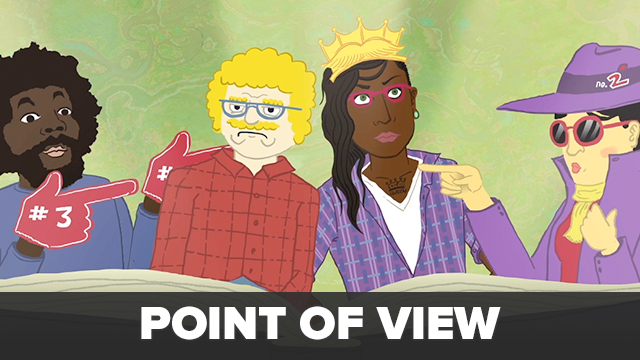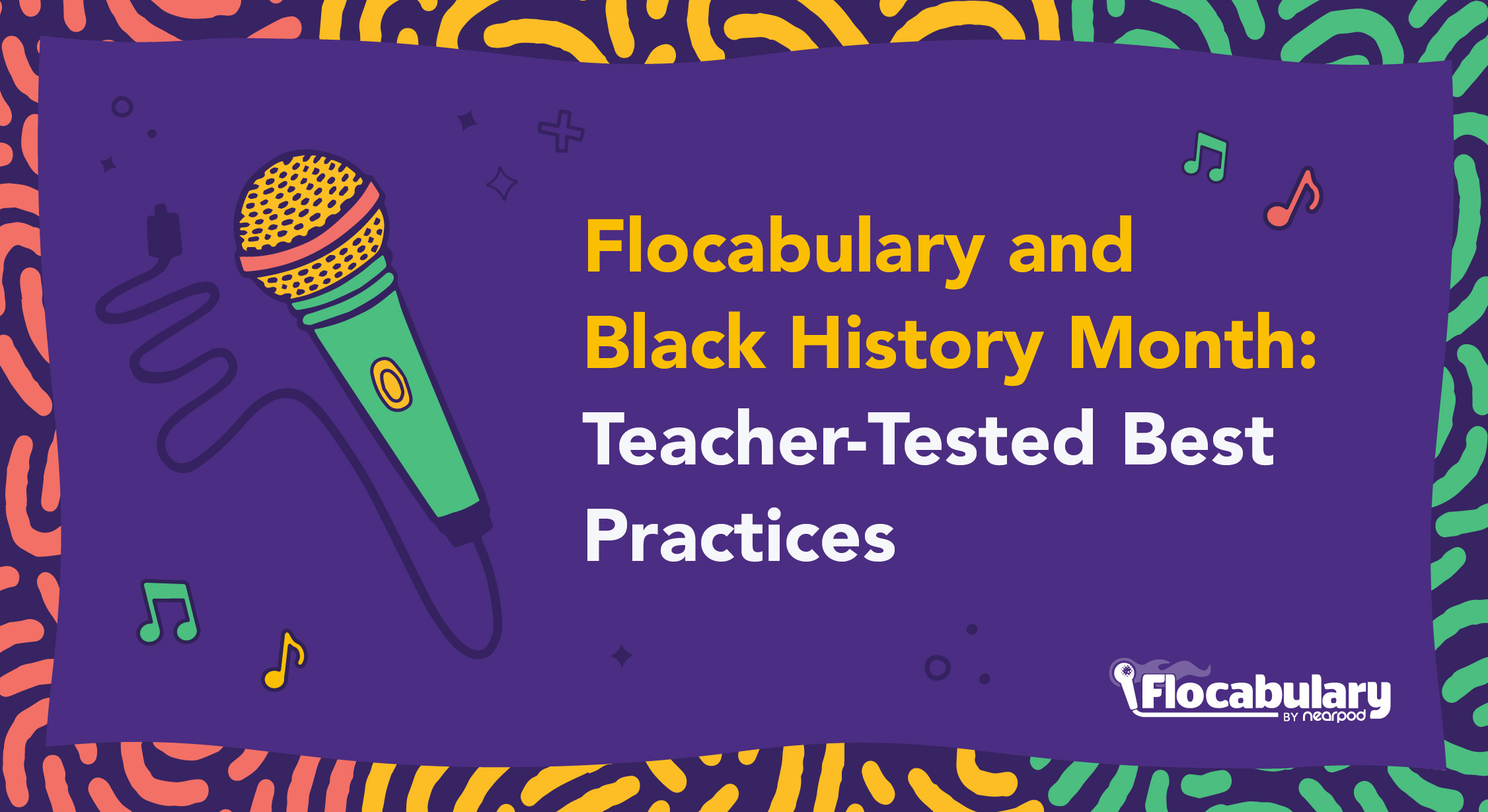
Flocabulary and Black History Month: Teacher-Tested Best Practices
Black History Month is an important time for teachers to highlight both the struggles and the vast achievements of Black figures in history.
Teachers may look to our handy compilation of Flocabulary’s Black History Month content for inspiration, however, with so much material and history, it can be difficult to know where to begin. To break down our content further, we asked teachers for ideas and tips on using Flocab during Black History Month. Starting broadly and working into more specific applications, these are some best practices for using Flocabulary to teach Black History.
For an overview of all our Black History Month lessons and resources:

Lorra Lynch
5th Grade Teacher, Texas
I’ve utilized many videos for Black History month like Ruby Bridges, Harriet Tubman, Carver, Thurgood Marshall, Katherine Johnson, and Maya Angelou. My students put themselves in their shoes.

Natasha Space
Special Education Department Chair, Georgia
For Black History month, I have used Flocabulary to teach about reconstruction, Civil Rights and The March in Selma. When they learned the distance of the march, they were amazed. That lead to a powerful class discussion.
Putting oneself into a historical figure’s shoes is an important place to start. But students should be able to understand the struggles and have engaging discussions about Black figures on a deeper level. In order to facilitate these discussions, it can help for students to be able to relate to the lessons in some way. Comparing the world of the Civil Rights Movement to the world today and to students’ own lives can highlight the reasons we continue to honor Black History Month instead of students accepting this fact at face value.
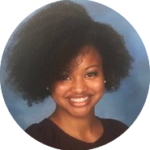
Desiree Taylor
1st Grade Teacher, North Carolina
I love to use the Ruby Bridges video. Many first graders enjoy seeing her because she is still living! I think knowing that connection, makes her very relevant considering many of our other historical figures like MLK and Rosa Parks are no longer with us.
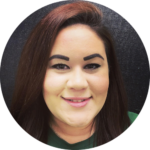
Natalie Stuart
3rd Grade Teacher, Florida
My third graders are moved by the barriers that African Americans went through (and continue to endure) in our society, however, I don’t think they fully grasp the despair, heartache and turmoil that many of them faced in a time when inclusion was not prominent. Flocab helps to give them a visual representation of the past events that have occurred that have paved the way for African Americans to thrive in our society. They are able to reflect and grasp a better understanding through the images and vocab words used in the videos on a deeper level than I can ever provide orally.
A3: Use Flocabulary as a spring board and then have students use Lyric Lab to write and perform their own Black History raps. #FlocabChat
— Jon Smith (@theipodteacher) February 14, 2018
Black History doesn’t solely exist in February, it always remains a chapter of history as a whole. That’s why it’s important to connect Black History lessons to other lessons as well and convey this to students so that they’re still thinking about it outside of Black History Month. One way Flocabulary can help teachers connect Black History to other subjects is with our lesson plans. The lesson plans for Martin Luther King, Jr., his “I Have A Dream” speech, Ruby Bridges, Voting Rights Act & Selma March, and Civil Rights Movement each give examples of existing Flocabulary lessons and other topics that pair well. For example, the “I Have A Dream” lesson plan suggests teaching figurative language and literary terms that students can search for in the speech and emulate when writing their own speeches.
🎥 “Use these @Flocabulary resources to honor Black history in your curriculum—not just for the month, but all year long.” #GAFE #EdTech #BlackHistoryMonth https://t.co/VZmVkKVN2O
— Monica Burns, Ed.D. (@ClassTechTips) February 9, 2018
Below, teachers elaborate on ways they use Flocabulary’s Black History content alongside its other lessons.

Natalie Stuart
3rd Grade Teacher, Florida
I love that the raps can also be infused with other subject areas and social emotional learning. For instance, the Martin Luther King, Jr. & Ruby Bridges rap is perfect for perseverance/bravery and the civil rights movement (social/emotional learning). All of these raps also help with ELA standards. For example, my students have been able to make inferences about how the past events in Black History will mold our future. Since many laws were passed on these events, it’s also a great introduction to learning about the government or landmarks/regions in Washington, D.C.

Lorra Lynch
5th Grade Teacher, Texas
One perfect example is from the Ruby Bridges lesson plan. After watching the Point of View video, we completed assignments for Ruby Bridges. The extended lessons are brilliant and my students were excited about creating ‘In Ruby’s Shoes.’ My students wrote a diary entry as if they were Ruby sitting in class. It is always so moving to listen to their perspectives, and to see their compassion for others through the use of Flocabulary.
Black History relates to all citizens and our shared backgrounds as Americans. Our Voting Rights Then and Now unit allows students to understand and analyze what Selma marchers were fighting for, and why the Voting Rights Act was needed. https://t.co/XEEwtVFz2y#BlackHistoryMonth pic.twitter.com/2bzuno7s6m
— Flocabulary (@Flocabulary) February 23, 2018
@Flocabulary is a great way to teach Black history with relevance, impact and style. https://t.co/HBii4iyZGo
— Jezer Ureña, M.A. (@pastorjezer) January 28, 2019

